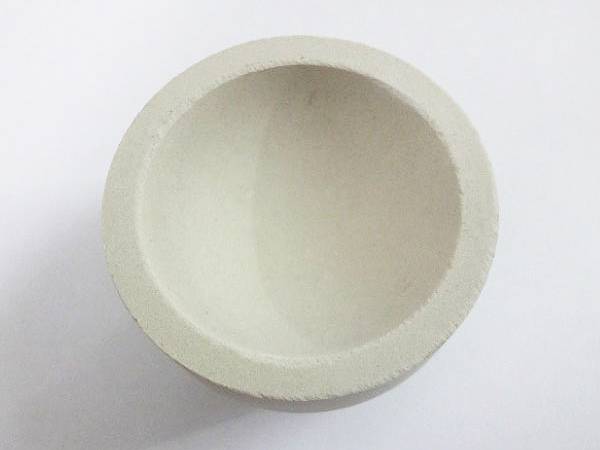



making caustic soda
The Process of Making Caustic Soda An Overview
Caustic soda, chemically known as sodium hydroxide (NaOH), is an essential industrial chemical used in a wide range of applications, from soap production to water treatment and food processing. It is a highly caustic substance, meaning it can cause severe chemical burns, and thus requires careful handling and storage. Understanding the process of making caustic soda is crucial for industries that rely on this versatile compound.
The Raw Materials
The primary raw materials used in the production of caustic soda are sodium chloride (table salt) and water. These ingredients are abundant and relatively inexpensive, making the process economically viable. In industrial settings, brine (concentrated sodium chloride solution) is often used due to its higher purity and ease of handling.
The Chlor-Alkali Process
The most common method for producing caustic soda is the chlor-alkali process, which involves the electrolysis of brine. This process occurs in three main steps
1. Electrolysis The brine is subjected to electrolysis, a process that involves passing an electric current through the solution. The brine is usually contained in an electrolytic cell divided into two compartments by a membrane or diaphragm. At the anode (positive electrode), chlorine gas is produced, while at the cathode (negative electrode), hydrogen gas is evolved. Sodium ions (Na+) migrate through the membrane to combine with hydroxide ions (OH-) created at the cathode, resulting in the formation of sodium hydroxide.
2. Separation of Products The electrolysis of brine results in three main products chlorine gas, hydrogen gas, and caustic soda solution. These products are separated for further processing. The chlorine gas can be used in the production of various chemicals, while the hydrogen gas can be utilized as a fuel or for making other chemicals.
making caustic soda

3. Concentration and Purification The resulting sodium hydroxide solution typically contains a lower concentration of caustic soda, often around 10-15%. To achieve commercial-grade caustic soda, the solution is concentrated through evaporation. The final product is a highly caustic, white solid that can be packaged for distribution or further processed into flakes or pellets.
Safety Considerations
Due to its corrosive nature, stringent safety measures must be followed during the production and handling of caustic soda. Workers should wear appropriate personal protective equipment (PPE) such as gloves, goggles, and protective clothing to prevent skin and eye contact. Additionally, proper ventilation systems are essential to avoid the accumulation of harmful gases emitted during the electrolysis process.
Applications
Caustic soda has a multitude of applications across various industries. It is a critical ingredient in the manufacture of soap and detergents, used to neutralize acids in chemical processes, and serves as a pH regulator in water treatment. The food industry also utilizes sodium hydroxide for processing and preserving food products, including olives and hominy.
Conclusion
The production of caustic soda is a vital industrial process driven by the chlor-alkali method, using readily available raw materials like brine. While its production presents safety challenges, the wide array of applications for caustic soda underscores its importance in modern manufacturing and chemical processes. Understanding this process allows industries to make informed decisions regarding the use and management of this critical chemical.
-
Why Sodium Persulfate Is Everywhere NowNewsJul.07,2025
-
Why Polyacrylamide Is in High DemandNewsJul.07,2025
-
Understanding Paint Chemicals and Their ApplicationsNewsJul.07,2025
-
Smart Use Of Mining ChemicalsNewsJul.07,2025
-
Practical Uses of Potassium MonopersulfateNewsJul.07,2025
-
Agrochemicals In Real FarmingNewsJul.07,2025
-
Sodium Chlorite Hot UsesNewsJul.01,2025










